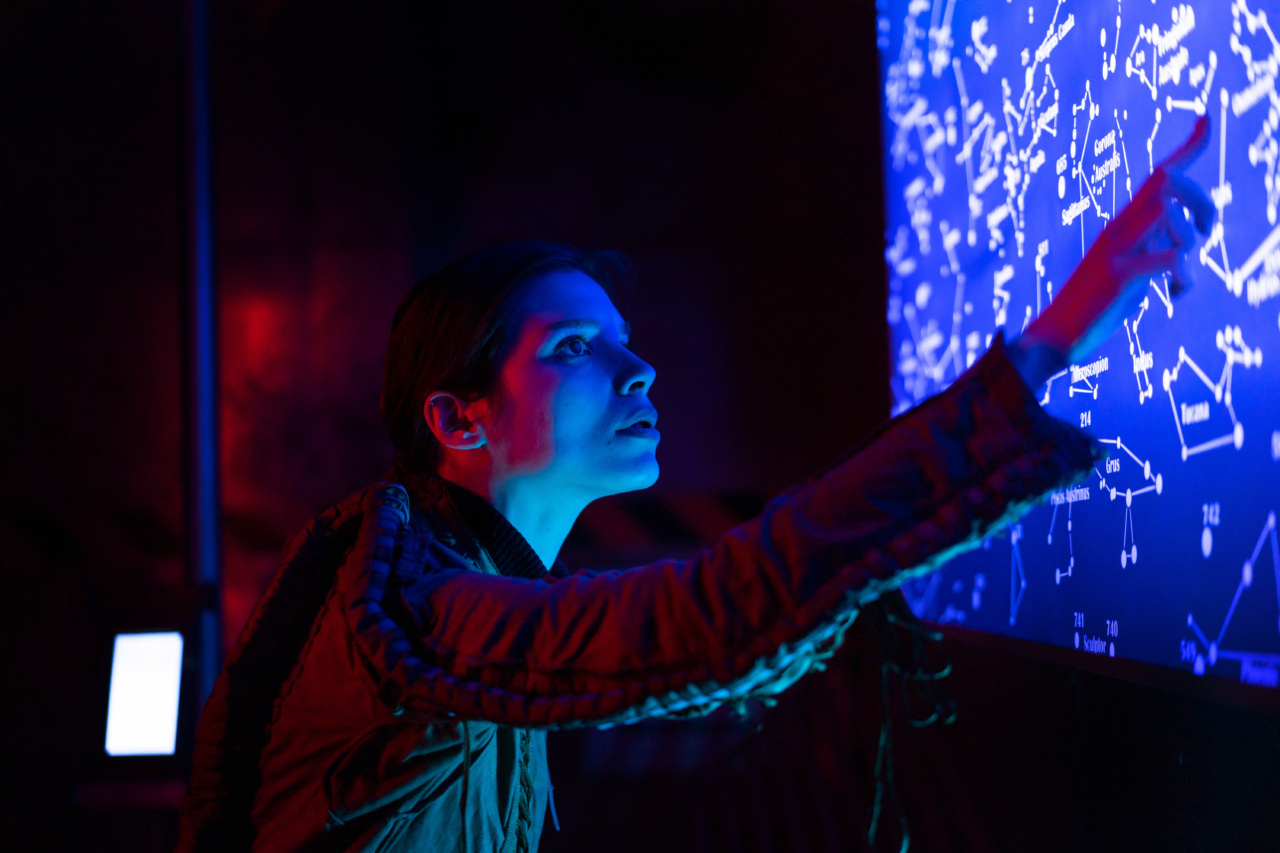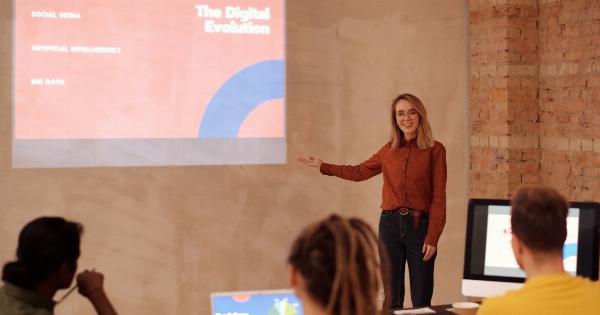Glaucoma is a group of eye conditions that result in optic nerve damage, leading to vision loss or blindness. It is often caused by increased pressure within the eye, which damages the optic nerve over time.
This condition is typically chronic and progressive, with symptoms appearing gradually. One of the challenges faced by individuals with glaucoma is how it affects their ability to engage in activities such as watching TV.
The impact of glaucoma on watching TV
Watching television can be a source of relaxation and entertainment for many. However, for individuals with glaucoma, visual impairments caused by this condition can significantly impact their TV viewing experience.
Here are some signs to look for when watching TV with glaucoma:.
1. Blurred vision
One of the earliest and most common signs of glaucoma is blurred vision. This can make it challenging to watch TV, as the images on the screen may appear hazy or unclear.
It can be especially difficult to read subtitles or identify details in movies or shows.
2. Reduced contrast sensitivity
Glaucoma can also lead to reduced contrast sensitivity, making it difficult to distinguish between different shades of light and dark.
Watching TV may become more challenging as the contrast between objects, scenes, or characters on screen becomes less noticeable, impacting the overall viewing experience.
3. Poor peripheral vision
Individuals with glaucoma often experience a loss of peripheral vision. This means that they have difficulty seeing objects or events that occur outside their central field of view.
When watching TV, missing out on peripheral action or important visuals may diminish the enjoyment and understanding of a movie or show.
4. Increased sensitivity to glare
Glaucoma can make individuals more sensitive to glare, both from the screen itself and surrounding light sources. This can cause discomfort and difficulty in seeing the content clearly.
Adjusting the TV’s brightness, using glare-reducing filters or curtains, and watching in a dimly lit room can help mitigate this issue.
5. Difficulty focusing
People with glaucoma may experience difficulty with focusing their eyes, especially when watching objects at different distances.
This can make it challenging to shift focus between different parts of the screen, making it harder to follow the action or read text.
6. Eye strain and fatigue
Watching TV for an extended period can lead to eye strain and fatigue, even for individuals without glaucoma. However, for those with glaucoma, the strain on their eyes can be more severe.
This can result in discomfort, headaches, and decreased ability to concentrate on the content they are watching.
7. Decreased depth perception
Glaucoma can also affect depth perception, leading to difficulties in judging distances accurately. This may impact the perception of 3D effects or make it more challenging to follow scenes involving depth or movement.
Watching TV shows or movies with fast-paced action sequences may become harder to follow.
8. Challenges with reading subtitles
If an individual with glaucoma relies on subtitles while watching television, their condition may make it difficult to read and comprehend them.
Blurry vision, reduced contrast sensitivity, and difficulty focusing can all contribute to challenges with reading subtitles, potentially leading to missed dialogue or plot points in foreign or subtitled films.
9. Need for customized visual aids
Glaucoma affects individuals differently, so it’s essential to consult with an eye care professional for personalized advice and recommendations.
Some people with glaucoma may benefit from using visual aids such as magnifiers or specialized lenses designed to enhance vision while watching TV.
10. Importance of regular eye check-ups
Regular eye check-ups are crucial for individuals with glaucoma to monitor their condition and ensure optimal visual health.
Timely detection and management of glaucoma can significantly slow down its progression and minimize its impact on daily activities like watching TV.






























